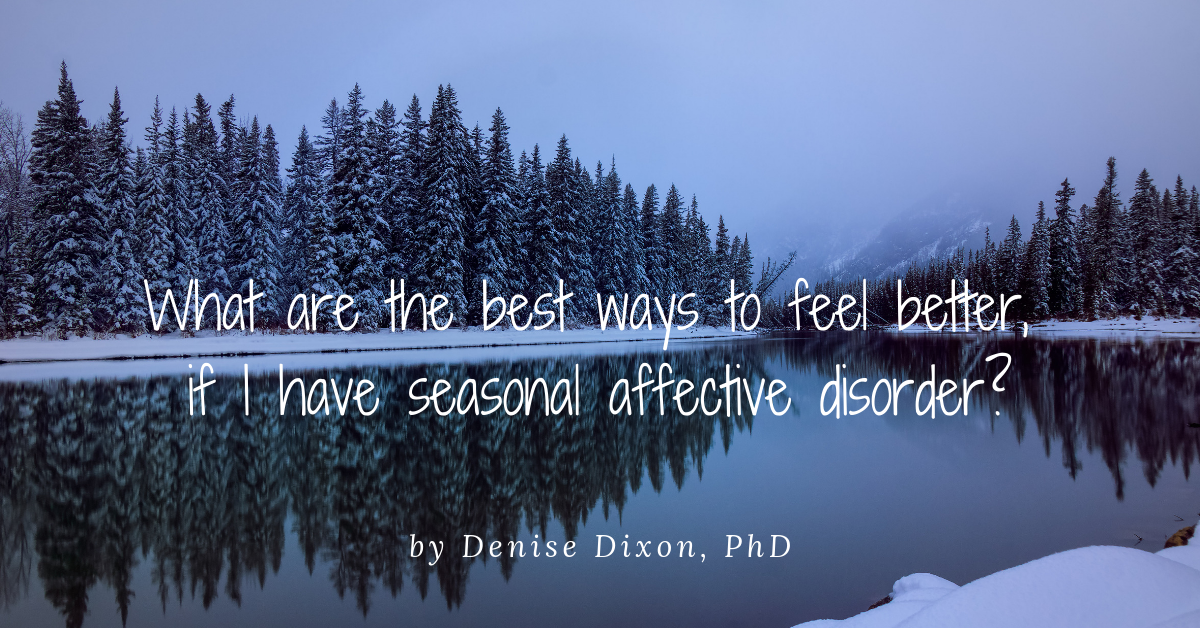
In today’s post, we learn about the best types of Seasonal Affective Disorder Treatment.
In our last post, we learned about the signs and symptoms of Seasonal Affective Disorder (or SAD).
RELATED: What are the Winter Blues, and how do I know if I have it?
We even took a quiz to see if we tended to get (or have) SAD.
Then we were advised to tell our health care provider that we took a test that suggested that we may have S-SAD (“winter blues”) or SAD. We can then talk about what treatments that we may want to start.
We were reminded that it is always recommended that we seek help from a licensed health care provider for any type of depression!
RELATED: 7 Easy steps to find the right psychologist for you
Part Two of this mini-series will describe the types of seasonal affective disorder treatment that are scientifically shown to help to reduce symptoms of SAD. We can use this information to help us to have an informed discussion with our health care provider.
What are the Best types of Seasonal Affective Disorder Treatment?
Seasonal Affective Disorder Treatment usually includes a combination of antidepressant medication, light therapy, Vitamin D, and cognitive behavioral therapy (CBT).

-
- One treatment for wintertime SAD is light therapy, which has been shown to reduce depression, fatigue, sleepiness, and other symptoms of SAD.
- Light therapy with a light box that meets scientifically-based guidelines (and is from a reputable vendor), is recommended as a first-line treatment of SAD.
- This therapy uses a light box or a light visor worn on the head like a cap. These specialized full-spectrum lights filter out ultraviolet rays. (Other light-emitting sources, such as tanning beds, are not safe for use).
- The person either sits in front of the light box, or wears the light visor for a certain length of time each day — generally, between 30 and 60 minutes each day (the amount depends on the person), usually in the morning hours. The light mimics exposure to natural sunlight throughout the fall and winter.
- If light therapy is enough to reduce symptoms and increase energy level, then the person continues to use it until enough daylight is available (typically in the springtime). If the person stops light therapy too soon, depressive symptoms can return.
- When used properly, light therapy seems to have few side effects. Some people have reported eyestrain, headache, fatigue, irritability, and inability to sleep. These side effects usually happen when the person did not follow the recommendations for using the light box or light cap, such as a person stares directly into the light source, or when light therapy is used too late in the day.
- People with manic depressive disorders, skin that is sensitive to light, medical conditions that make their eyes vulnerable to light damage (such as macular degeneration), or medications that may make skin sensitive to light (such as lithium, melatonin, anti-psychotics, some anti-hypertensives, antibiotics and oncology drugs) may not be good candidates for light therapy.
Important: Light therapy should be monitored by a knowledgeable health professional!
- Another option is a “dawn simulator,” which uses a timer-activated light to mimic the sunrise. This helps to stimulate the body’s clock.
- When light therapy does not improve symptoms within a few days, then medication and behavioral therapies such as CBT are usually introduced. In some cases, light therapy can be used in combination with one or all of these therapies.
Antidepressants
- There are little good-quality data supporting the use of antidepressants (citalopram, paroxetine, and escitalopram and duloxetine) for the treatment of SAD.
- Up to 27% of research participants treated with second-generation antidepressants for SAD withdrew from studies early, due to adverse effects.
- Fluoxetine has been found to have a non-(statistically) significant improvement compared with placebo; it has been found to be at least as effective as light therapy. Light therapy, however, has fewer side effects.
- Combined light therapy and antidepressant therapy can be started in many persons with SAD.
- People with more severe depression, and people who are having difficulty with day-to-day functioning, may need combined treatments.
- People who have depression that lasts into the spring or summer months may need additional or combined treatments.
Cognitive Behavioral Therapy (CBT)
- Despite its efficacy, light therapy is associated with poor adherence.
- To help with this problem, CBT is recommend to help lower depression, and to increase adherence to light therapy, for SAD.
- Studies have shown that patients (and their health providers) rated themselves as significantly less depressed a year later, when they had CBT and light therapy, instead of light therapy alone.
- This effect held even after considering other factors, such as ongoing treatment with light therapy, and the use of antidepressants.
- The main goal of CBT for SAD is to break down negative thought patterns, such as seeing problems as overwhelming.
- CBT also helps with depression that lasts throughout the year.
RELATED: 7 Easy steps to find the right psychologist for you
Vitamin D
- During the winter months (November through February), people living about 33 degrees north or 30 degrees south of the equator are not able to make enough Vitamin D.
- Many people with SAD and S-SAD have low or deficient levels of Vitamin D.
- Some research has shown that supplementing Vitamin D before winter darkness sets in may help prevent symptoms of depression. Adverse reactions or intoxication is rare (but could occur from doses of more than 50,000 IU per day).
What else can I do, to take care of myself?
There are other choices that we can make to take care of ourselves, overall:
- Pay attention to mood and energy level
- Take advantage of natural sunlight (spend more time outdoors!)
- Work in bright conditions
- Be sure to plan enjoyable activities during the fall and winter seasons
- Daily physical activity (especially outdoors!)
- Practice yoga
- Practice meditation
- Look to the winter season with an upbeat attitude
- Eat a healthy diet with lean proteins, fruits & vegetables
- Keep regular sleep patterns
And, be sure to treat “little depression” symptoms before they develop into “big depression” symptoms! Early signs of SAD often include lower energy levels and increased carbohydrate cravings.
When Should I Seek Professional Help?
If you experience symptoms associated with SAD, then see a licensed health provider.
RELATED: 7 Easy steps to find the right psychologist for you
If you have thoughts of wanting to harm yourself or others, or feel that life is no longer worth living, seek immediate medical attention or call the National Suicide Prevention Lifeline at 1-800-273-TALK (8255) for more information.
UP NEXT: At your service! What are your favorite health and wellness topics?
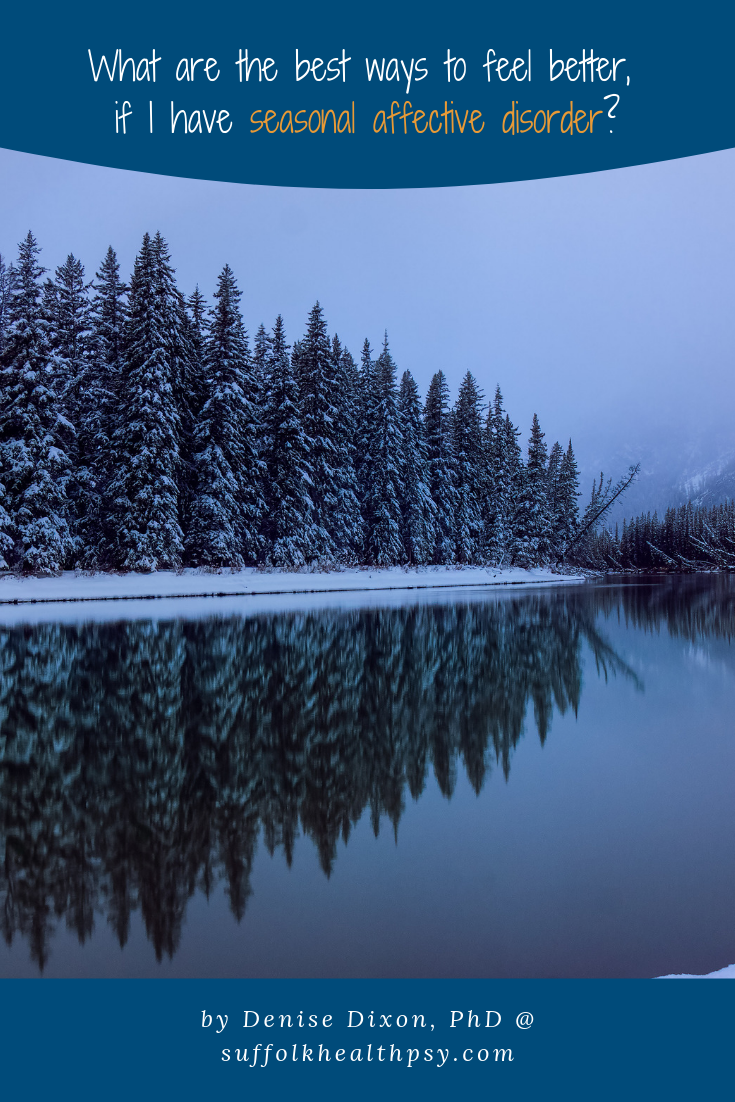
YOUR TURN:
What do you think about this post? How do you take care of your sleep, and make sure that you exercise, during the winter months?
Do you have a suggestion for a blog post? I’d love to hear from you! Simply click here to tell me all about your idea, or to comment on this post. Thank you!
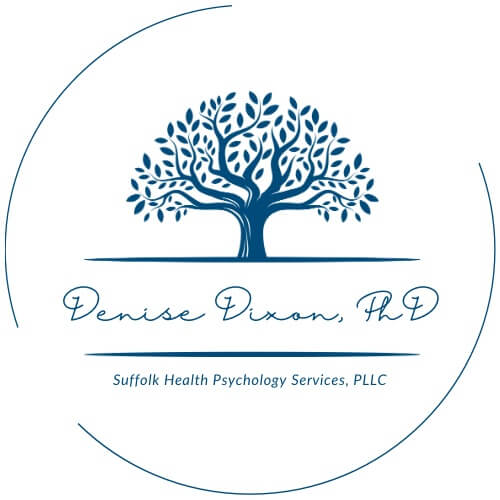

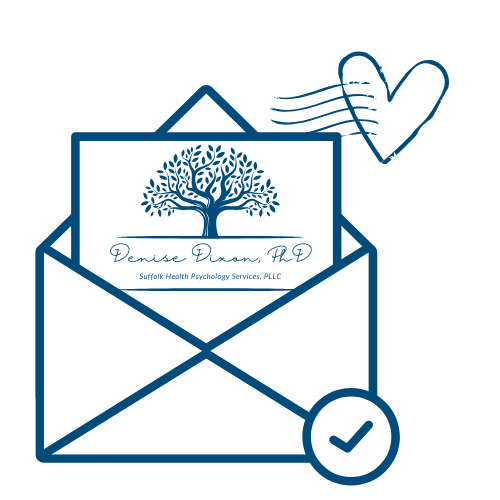
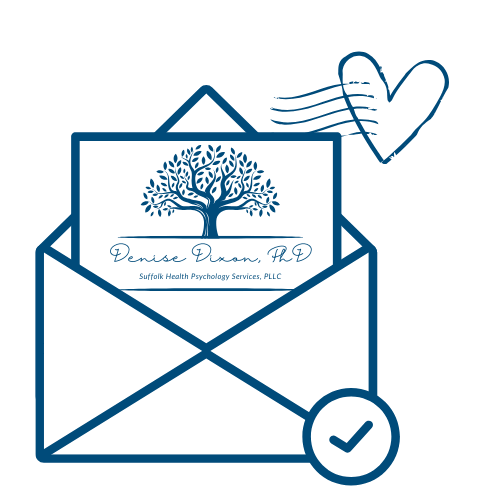
0 Comments